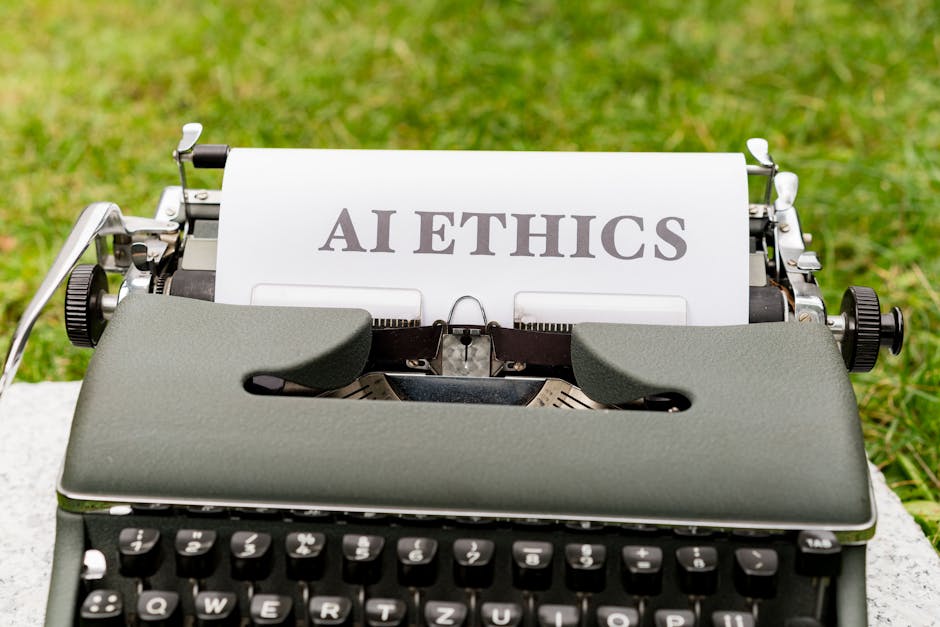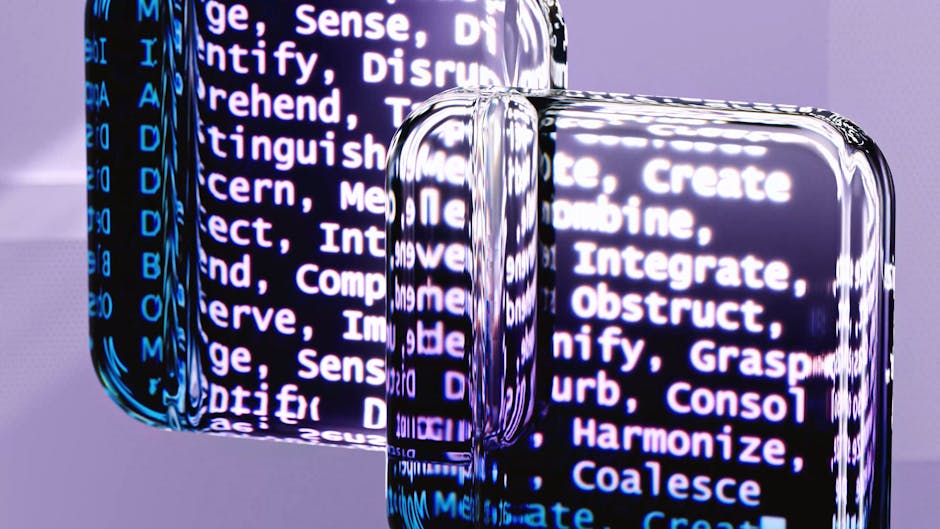The Ethics of AI Article Generation
Step into the world of AI-generated content ethics and one question keeps popping up: what does this technology mean for transparency in media? As AI content fills more corners of our screens, it's worth pausing to think about its effect on what—and how—we read. This article digs into the debates circling AI-generated content ethics, stressing why it matters to get our arms around this tangled subject. Can we really trust everything on our feeds, and where do creators draw the line when machines start writing? Striking a balance between technology and openness might be more important than ever. Some of the key concerns surrounding AI-generated content include:
- Transparency: Clearly labeling AI-generated content to avoid misleading readers
- Accountability: Holding creators responsible for the accuracy and quality of AI-generated content
- Human oversight: Ensuring that human editors and reviewers are involved in the production process to catch errors and biases
Table of Contents
Understanding AI Generated Content
AI-driven article creation relies on natural language processing and machine learning algorithms to craft text that often sounds uncannily human. Picture a news story on last night's game: an AI can whip up the recap, stats, and even a quote or two. There's a flip side, though; while AI can boost output and keep the presses rolling, it sometimes falls short on depth and may edge out human voices. So, what becomes of the writers who’ve long shaped the news, and how do we protect the honesty of the content these tools create?
Suggested Readings: What is AI Article Generation?
Defining AI-Driven Article Creation
To break down what AI-driven article creation looks like, take Associated Press as an example. They use AI to churn out earnings reports at a pace impossible for people alone. This shift is changing how we digest information, but it's also stirring up tough questions about who gets credit and who takes responsibility. Setting clear rules for AI-created content isn't just smart; it's necessary if we want to keep transparency and accuracy front and center.

Historical Context of Automated Writing
Automated content generation isn't a fresh concept; in fact, early attempts stretch back to the 1960s. Reception was chilly at first, and it took advances in machine learning to move AI-generated content from a novelty to something more common. These days, the technology has turned a corner, presenting both hurdles and chances for growth across industries. Are we ready to handle the complications of AI-driven writing, or are there lessons from the past we’d be wise to revisit?
Early Automated Content Systems
Enter “Racter.” Back in the 1980s, this primitive AI tool was writing oddball poetry and prose before most people even had computers at home. Racter paved the way for today’s much more sophisticated programs. Still, as we look ahead, risks like eroding trust and fueling misinformation are lurking just beneath the surface, reminding us to tread carefully.
Get the right software for your business
1500+ business applications were reviewed by our team of independent software advisors.
AI Generated Content Ethics: The Central Debate
Transparency and disclosure stand at the core of AI-generated content ethics. As machine-written material becomes more common, the rules for labeling and crediting it must be clear. Imagine stumbling upon an article and not knowing whether a person or a program wrote it—how would that affect your trust? Real solutions start with responsible practices, keeping humans in the loop for oversight and review — something that many AI content generation tools, like Wordze, allow.
Transparency and Disclosure Concerns
One recent survey put it plainly: over 70% of consumers say they trust brands more when companies share how they use AI-produced stories. This isn’t just about slapping a label on an article; it’s about real accountability and the watchful eyes of people who can spot mistakes. For companies, shaping good habits now—like honest labeling and regular human review—will pay off as AI-generated content becomes the norm.

Moral Responsibilities of Content Creators
As AI-written material spreads, creators face a clear challenge: act with honesty and safeguard accuracy. That means labeling AI-generated work, owning up to its source, and keeping a human editor's hand involved. If these values slip, the fallout could reach far and wide—will we hold writers and publishers responsible if the facts go sideways? A strong, sensible code of ethics is our best bet to keep the human touch at the forefront.
Human Oversight in AI Editing
A sharp-eyed editor can spot subtle errors or misleading details that slip past an algorithm. With thoughtful human review layered onto AI production, we're better protected against misinformation and subpar quality. Building a culture that values responsibility and clear communication means AI content won’t outpace our ability to keep it honest and reliable—no small feat in today's fast-moving digital world.
Conclusion
The ethics of AI-generated content aren’t simple; they’re packed with gray areas and tough calls. Navigating this new territory demands openness, diligence, and a sense of duty. By setting firm rules and making sure people remain part of the process, we can use this technology in ways that serve everyone. The future of media hinges on our ability to blend technical advances with core human values; it’s up to all of us to keep that balance steady. One thing’s for sure: the choices we make about AI-generated content today will echo for years in the stories we tell tomorrow.


